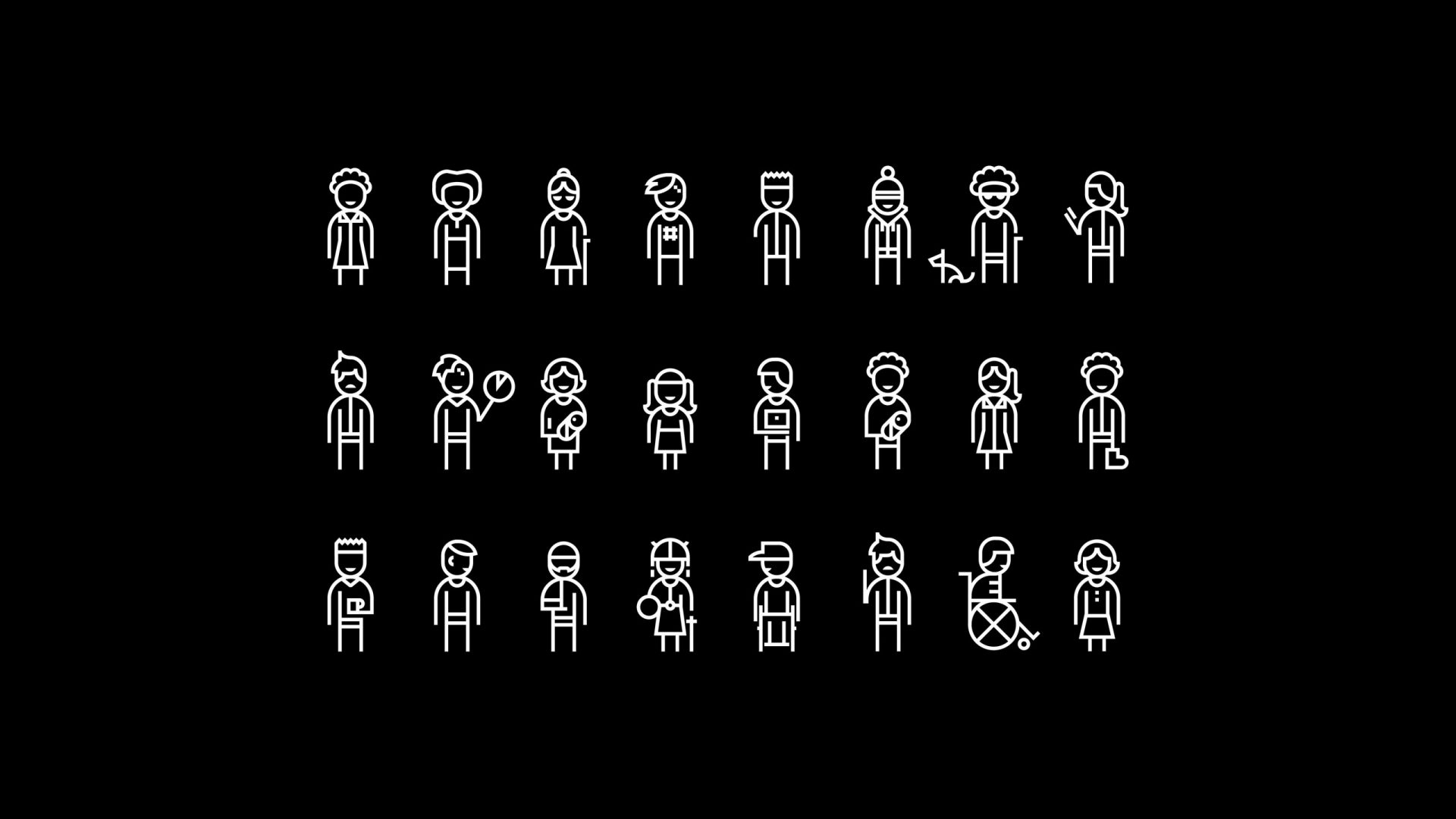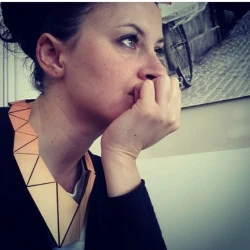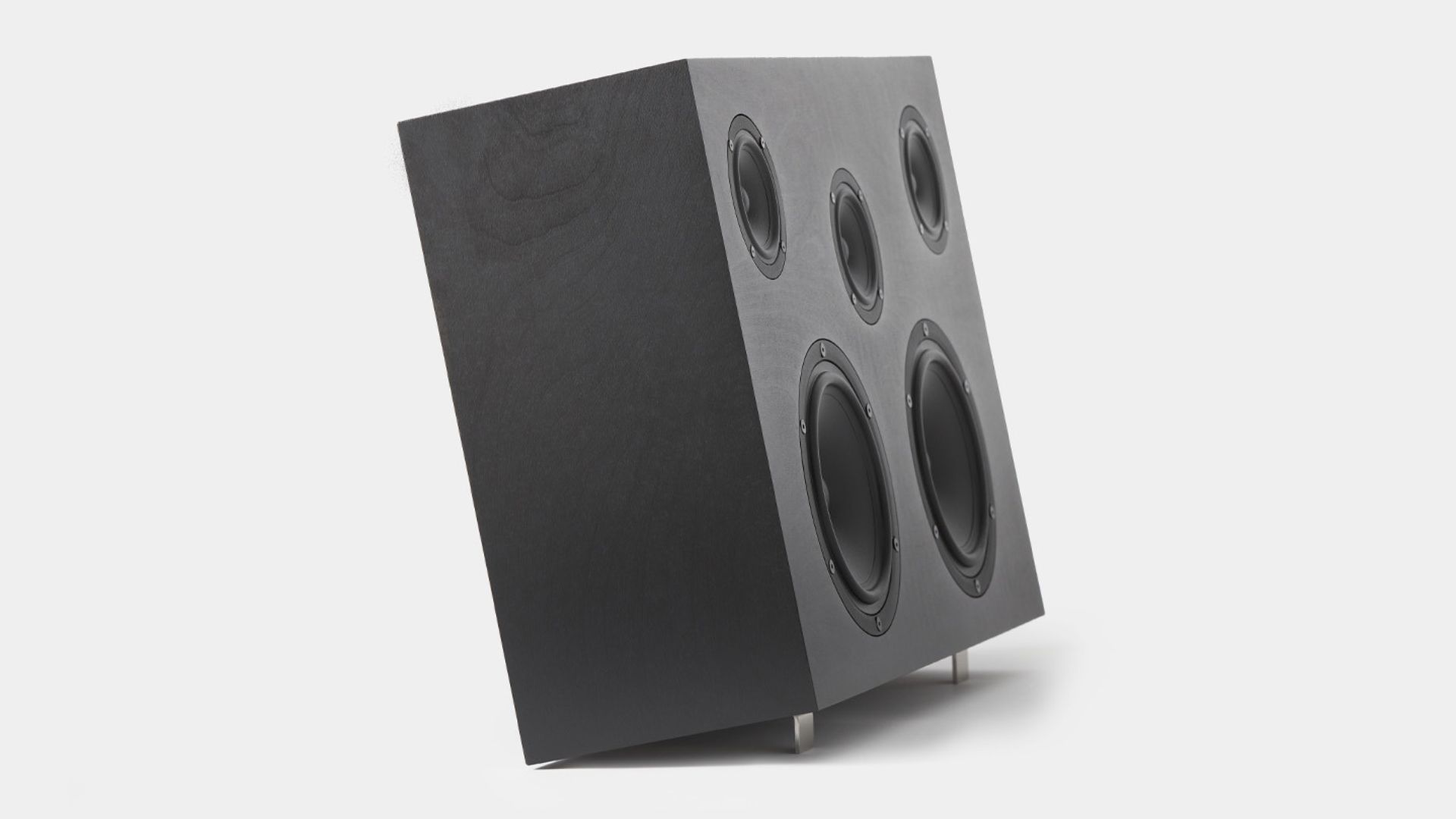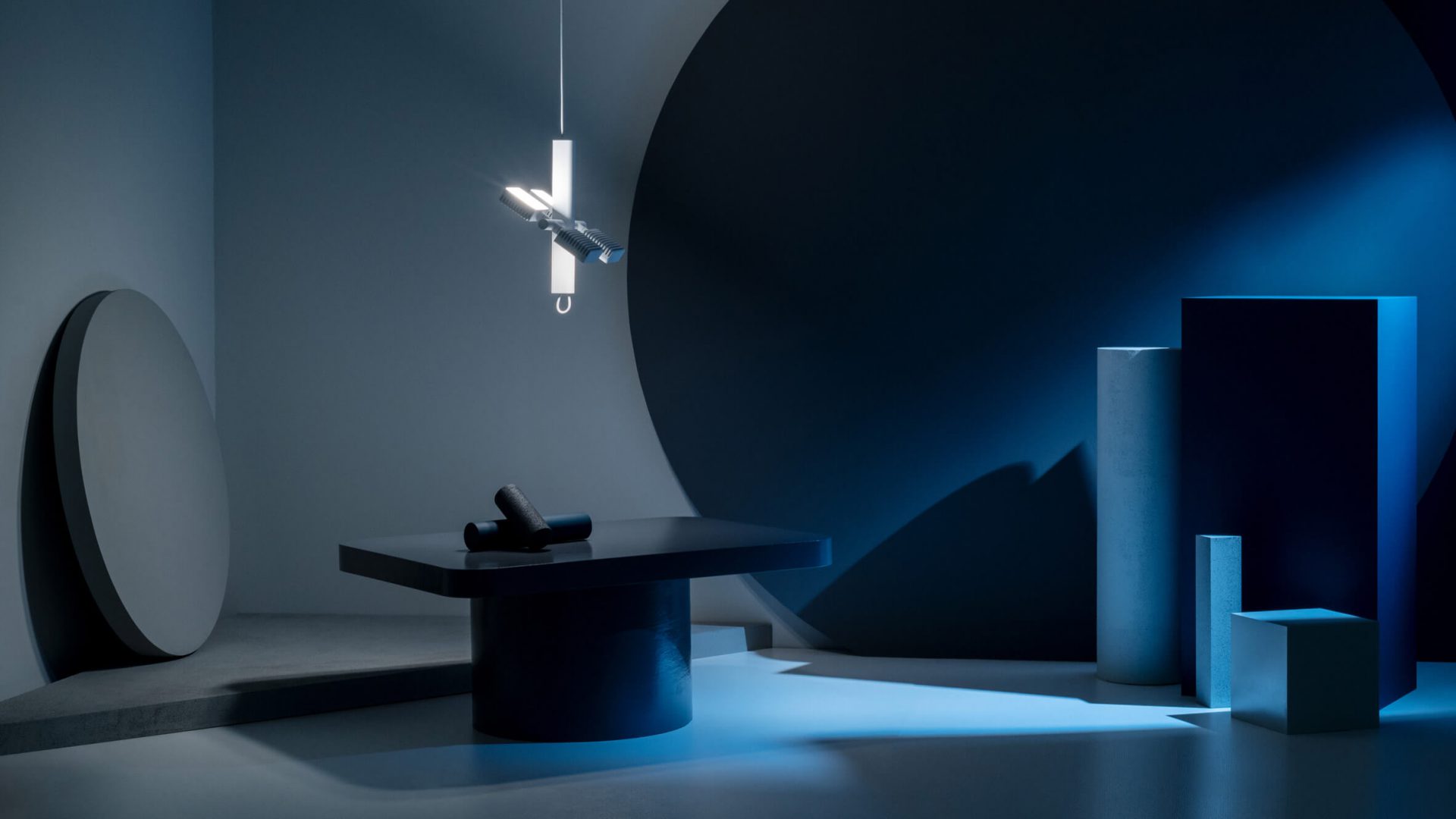Inclusive Design – The benefit of designing for all
What is Inclusive Design? Why is it important to start designing for the diversity of the human spectrum? We take you through the foundation of Inclusive Design, its principles and the people behind it.

Designing a product that’s of use to somebody is a designer’s purpose, whereas designing a product that’s of use to millions is a designer’s dream.
One of the ways you can measure the success of something is by the number of people it engages and inclusive design serves as many people as possible.
That’s why most designers would consider it the pinnacle…
What is Inclusive Design?
To understand what inclusive design really is, it helps to know how it differs from accessibility.
People often mistake inclusive design and accessibility as the same thing.
Note: Accessibility is an outcome whereas inclusive design is a process.
It’s a human-centered approach to design that aims to apply to as diverse a range of people as possible.
In practical terms, it’s an approach that caters to both permanent and temporary impairment, as well as trying to overcome language, culture, gender, age and other forms of human difference.
It’s not about making good design better by throwing in additional features that make something inclusive.
The best design considers the greatest number of people from the start.

Why is Inclusive Design important?
On a rudimentary level, inclusive design is a win-win for customers and businesses because it expands product reach and has the power to build empathy and spark innovation.
But inclusive design is also important because a world that enables everyone is a better world.
Beyond being the “right thing to do”, deployment of the most democratic design facilitates the involvement of disabled people in contemporary life, which contributes to the overall enrichment of society as a whole.
The Principles of Inclusive Design
As a methodology, inclusive design incorporates several principles for adopting an inclusive mindset in your design practice.
The first is to recognise exclusion.
If you remember back in 2018 when Microsoft redesigned some of its Xbox packaging to better suit gamers with disabilities, this was born from its own trio principles that started with recognising exclusion.
The tech giant incorporated loops, multiple access points, hinges, levers, and ribbons to make it as easy as possible to unbox its latest adaptive controller, itself designed primarily to meet the needs of gamers with limited mobility.
Only after understanding exactly how and why people are excluded can we generate new ideas and highlight opportunities to create new solutions.
The second in Microsoft’s inclusive design principles is to solve for one, extend to many.
This highlights the very real possibility that designing for someone with permanent disabilities might result in design that benefits people universally.
A simple example might be a self-driving car, which enables a person who is blind to increase their mobility, but is also a more convenient option for every human.
Third, Microsoft encourages individuals to learn from diversity and recognize that a key feature of people’s everyday lives is adaptation.
As a result, designers shouldn’t design for limitations but rather for people who can adapt to different situations.
Curious to know more about designs catered to specific needs? We have rounded up 10 of the best autism-friendly design projects.

The people behind some of the best in inclusive design
There are several pioneers when it comes to inclusive design but few more impressive than Kat Holmes.
A leading authority on the subject, she led the development of Microsoft’s award-winning Inclusive Design toolkit, which landed her on the list of Fast Company’s Most Creative People in Business.
Holmes also has her own consultancy, KATA, which aims at advancing inclusion in technology and product development.
In her book Mismatch (also an online community rich in useful resources), she tells stories of other pioneers in inclusive design, exploring examples that demonstrate how inclusion can be a source for innovation and growth.
An Inclusive Design principle Holmes stresses is the importance of designing objects with rather than for excluded users,
an approach employed by studios like IDEO, Inkl. Design and Tactile Studio.
Based in America, non-profit IDEO creates products and services that follow closely inclusive design principles.
In 2009, it designed and launched the HCD Toolkit, a first-of-its-kind book that laid out how and why human-centered design can impact the social sector and in the last 15 years it has contributed to social innovation across several sectors.
More focused on arts and culture, German agency Inkl. Design and Tactile studio, which has studios in London, Paris and Berlin, creates inclusive design solutions that democratise access to culture.
They include wayfinding systems and materials for use in museums that democratise access to culture like digital audio guides and tactile paths for people that are blind.
Fortunately, rather than relying on the innovation of young designers, companies like Microsoft, but also Tommy Hilfiger, Nike and IKEA, are all coming up with inclusive design solutions.
The Swedish furniture brand recently hacked its own furniture for people with disabilities in a collection dubbed “ThisAbles”, including a Friendly Zipper that attaches to bags or quilt covers making them easier to fasten or undo, and an Easy Handle that allows cupboard doors to be opened with the forearm.
Inclusivity, creativity, positivity
Inclusive Design is not a passing trend but an area that businesses should be considering more and more each day.
More than 1 billion people around the world live with a disability, and at some point, most of us likely will face some type of temporary, situational or permanent disability.
Designing for inclusion taps into one of the largest and unrepresented talent pools in the world. It’s not a feel-good sideline.
It supports innovation, growth and creativity, boosting the bottom line as it creates opportunities for more people to contribute to society in positive and meaningful ways.
Design for all: useful Links
- Read The Principles of inclusive Design by the UK Design Council, a pdf document by the Commission for Architecture and the Built Environment.
- Discover Microsoft’s Inclusive Design Principles, a digital platform and online toolkit.
- Watch the Principal Director of Inclusive Design at Microsoft Kat Holmes who outlines the positive impact of inclusive design during her 99U talk.
Interested in knowing more about inclusive design? Deaf designer Marie van Driessche tells us what it truly means to design for everyone.
Accounts you should follow
- Ti Chang is an industrial designer and design activist passionate about designing beautiful products for women and breaking down other biases. She is also the co-founder of luxury sex toy brand CRAVE.
- The Centre for Inclusive Design is a social enterprise comprising an extensive network of industry experts and global partners promoting innovation and best practice Inclusive Design.
- Ladies, Wine & Design is a global non-profit initiative with chapters in 280 cities worldwide. LW&D was founded in 2015 by Jessica Walsh with the mission to see more diversity in the creative industry, especially within leadership roles.
- Design Allyship is an initiative founded to provide actionable resources to improve the condition of historically marginalized people in the industrial design industry.










